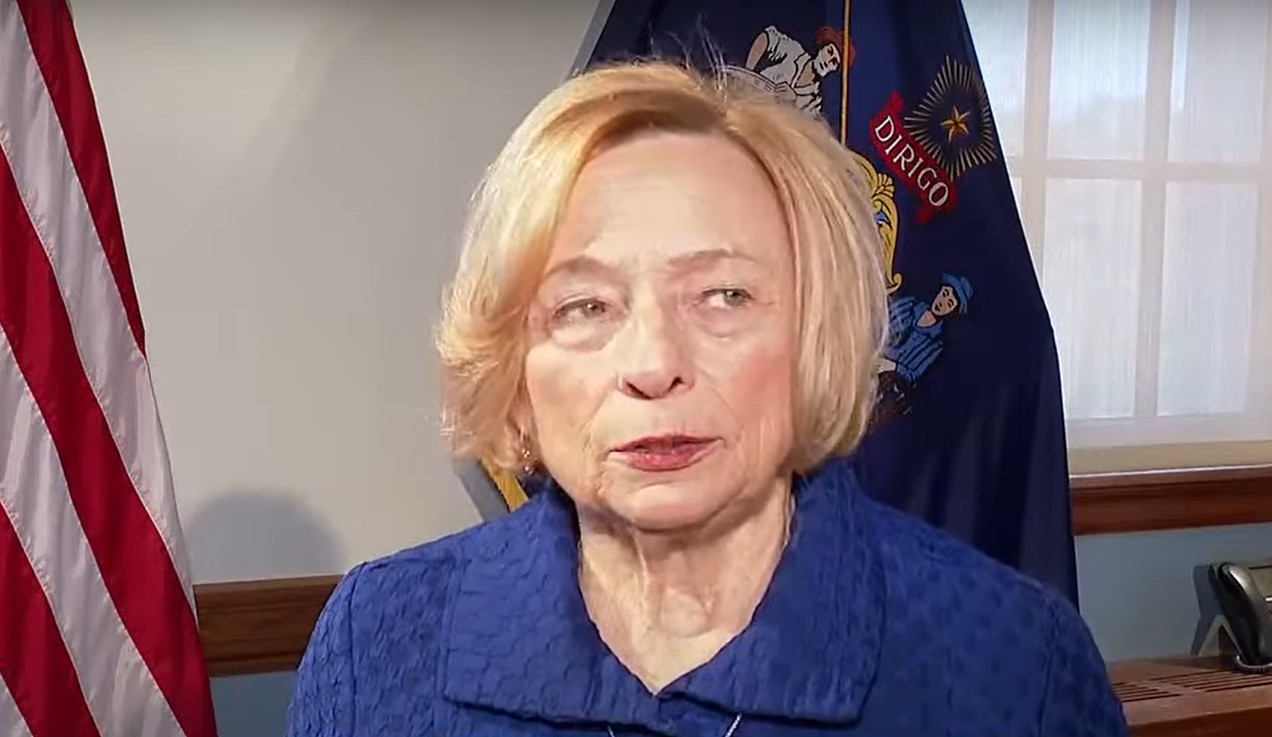Education Department programs could relocate to Treasury, DOJ if Trump shuts it down
The article discusses President Donald Trump’s anticipated executive order aimed at dismantling the U.S. Department of Education. This move is seen as part of a broader effort to transfer educational functions and programs to other federal agencies, such as the Treasury and the Department of Justice. As a precursor to this action, the Department of Government Efficiency has already begun cutting meaningful funding from various programs, including diversity and special education initiatives.
While Trump has expressed his desire to eliminate the Department outright, experts suggest that complete abolition is unlikely due to the legislative requirements involved. Instead, substantial cuts or a reallocation of responsibilities to other departments could occur. The key functions of the Education Department, such as overseeing student financial aid and enforcing civil rights in education, may be affected.
Despite the potential changes,analysts believe that the overall impact on federal education spending will be modest because federal funding constitutes a small portion of total education financing. some former officials and education policy experts advocate for the department’s reduction or abolition, citing its bureaucratic inefficiencies. The situation poses significant implications for programs like Pell Grants and Title I funding, which play critical roles in supporting low-income students.
Education Department programs to be handed off to Treasury, DOJ if Trump shuts it down
President Donald Trump is expected to sign an executive order that would begin the process of eliminating the Department of Education, and the Department of Government Efficiency is already in the process of “actively dismantling” Education Department programs.
DOGE slashed $881 million in Education Department contracts and another $101 million in diversity, equity, and inclusion training grants on Monday. On Tuesday afternoon, Rep. Melanie Stansbury (D-NM) said that Elon Musk’s team is still “in the building” dismantling programs.
“They are in the building, on the 6th floor, canceling grants and contracts,” Stansbury told the Huffington Post.
In a post on X, DOGE disclosed that one of the 89 contracts it cut paid one contractor $1.5 million to “observe mailing and clerical operations” at a mail center.
Last week, CNN reported that Trump’s executive order to kill the Department of Education move would come in two parts: It would direct the secretary of education to create a plan to downsize the department through executive action, and push for Congress to pass the legislation necessary to end the department.
Trump said he wants Education Secretary nominee Linda McMahon, who will have her Senate confirmation hearing Thursday, “to put herself out of a job.”
To dismantle the Department of Education, Congress would have to pass legislation with 60 votes. Frederick M. Hess, senior fellow and director of education policy studies for American Enterprise Institute, said that is “not going to happen.”
Through executive action or a reconciliation bill, which would only require 50 votes in the Senate, a number of programs, contracts, and bureaucratic positions can be defunded, effectively downsizing, but not eliminating the department altogether.
What would fallout look like if Trump nuked the Education Department?
The Department of Education’s main functions include developing and implementing policy, providing federal funding to schools, enforcing civil rights, supporting special education, managing student financial aid, performing data collection and research, and providing resources for teacher development.
Pell grants, Title I, and special education
The three programs that the Education Department spends the most on are Pell Grants for low-income students to go to college, Title I, which gives money to school districts serving low-income children, and special education, which provides funding for children with special needs.
The government allocated $24.5 billion for the Pell Grant in 2024, $18.6 billion for Title I, and over $15 billion for special education.
Hess noted that the overall impact would be “modest” because “in K-12 education, the federal share of spending is really very small, which is part of what makes all the federal overreach and rules so problematic.”
He said that “the feds only kick in about 10 cents on the dollar” overall, and that’s just two cents on the dollar for Title I. “So we’re not really talking about huge impacts from what might be realistic cuts.”
School lunches
Eliminating the Education Department would not affect school lunches, as the National School Lunch Program is handled by the Department of Agriculture, and would have little-to-no impact on summer care or transportation as those are mostly handled by state and local governments with minimal federal funding, except for emergency relief.
Student aid
Other responsibilities, like student aid, civil rights enforcement through the Office for Civil Rights, and K-12 functions, would likely be moved to other departments.
Neal McCluskey, director of the CATO Institute’s Center for Educational Freedom, said that while student aid could eventually be “phased out,” in the meantime it could be transferred to the Treasury Department. In addition, OCR could be moved to the Department of Justice, and K-12 functions could be moved to the Department of Health and Human Services.
McCluskey said that the billions saved on Pell Grants, Title I, and special education “could be used for debt reduction.”
What Trump’s former Education secretary is saying
Betsy DeVos, who served as secretary of education under Trump’s first administration, called for the Education Department to be scrapped altogether in an op-ed for The Free Press on Thursday.
“Having spent four years on the inside as secretary of education, struggling to get the department’s bureaucracy to make even the smallest changes to put the needs of students first, I can say conclusively that American students will be better off without,” DeVos said.
Hess shared DeVos’s sentiment, telling the Washington Examiner that “I think it’d be fine… The Department of Education is extraordinarily bureaucratic. It creates extraordinary amounts of red tape for the nation’s schools, especially relative to the money it actually provides.”
He said that under the Obama and Biden administrations, the department became “a political entity frequently engaged in promoting particular ideological nostrums” which he called “massively problematic.” He added that the two Democratic presidents “make the best possible case for abolishing the department. So, yeah, I think downsizing the department, or even abolishing it, is certainly wholly sensible.”
The Washington Examiner reached out to the White House and Department of Education for comment.
" Conservative News Daily does not always share or support the views and opinions expressed here; they are just those of the writer."





Now loading...